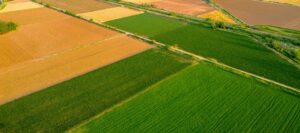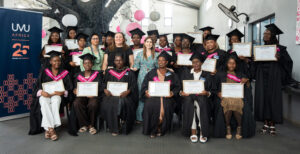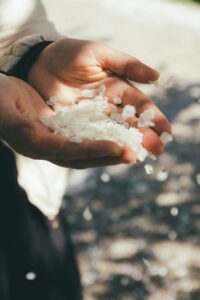Some farmers might seem to make it all look so easy! Perhaps they do, but it wouldn’t do them justice to leave it there. The ease with which everything comes together speaks of much that went before – but we’ll get to that shortly. The second day of the excursion began with a hearty breakfast and a checking out of Rawdons. A fairly lengthy bus trip took us north, past Wartburg, to hear about work with the Swayamani Small Growers.
The reader should understand that agriculture has a dual nature in this country. On the one hand, there are large commercial operations. As profit margins shrunk over the past two decades, the farming landscape changed. As is the case elsewhere in the world, fewer farmers are in business now but the size of their operations increased. This was a necessity to take advantage of economies of scale. Where does this leave the small scale farmer (or “small holder” or whatever name we choose for farmers who do not fit into that commercial farmer category)?
There is always a challenge when forming agricultural collectives. How best to pool resources and try get economies of scale happening? As we viewed the patchwork of teeming life below us we heard about the issues and progress in this area. The miller who receives cane from these small holders. What the influences on the small holders choice of land use are. Is it more economical to put a fence around the cattle or around the piece of land with sugarcane?
Industry associations do a lot of work to develop this sector of agriculture, and in the case of sugarcane it is no different. The Emerging farmer support chapter of The Agri Handbook covers the topic.
We did not return the way we had come. Just outside of Pietermaritzburg we had passed burning tyres and stones in the road, the beginning of social unrest, and so choose instead to continue down to Cato Ridge and come back up the N3 to Treetops Farm, near Eston, our final visit.



